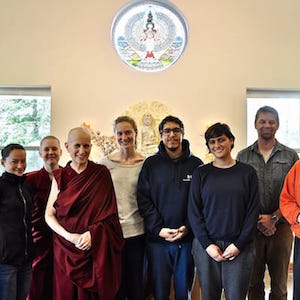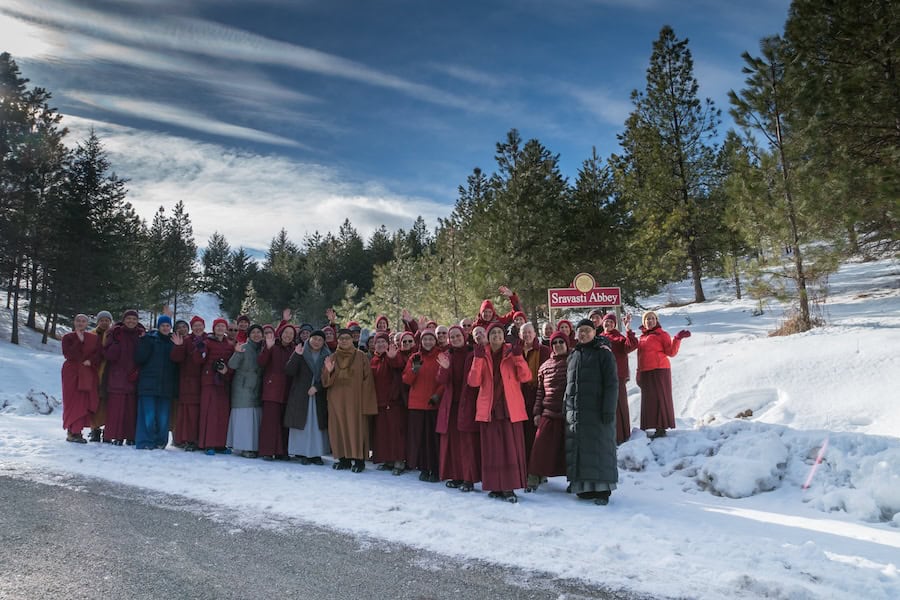Real and unreal
The text turns to training the mind on the stages of the path of advanced level practitioners. Part of a series of teachings on the Gomchen Lamrim by Gomchen Ngawang Drakpa. Visit Gomchen Lamrim Study Guide for a full list of contemplation points for the series.
- Bodhishattva path is about cooperation
- How different schools understand real and unreal veiled truths
- What kinds of self that can be refuted by conventional reliable cognizer
- Etymology of ultimate truth
- The reason the Buddha taught about different emptinesses
140 Gomchen Lamrim: Real and Unreal (download)
Contemplation points
- What do the terms “real” and “unreal” mean in the context of veiled truths? How does the Svatantrika and Prasangika tenet systems differ in how they describe phenomena using these terms?
- Spend some time contemplating that from the Prasangika view, all veiled truths are unreal/false. What does thinking about things in this way do for your mind?
- Why is it that a conventional reliable cognizer can refute both a permanent, partless, independent self and a self-sufficient, substantially existent self, but cannot refute an inherently existent self?
- An ultimate truth exists the way it appears. It is an object found by a reliable cognizer in the wisdom of meditative equipoise and is the final mode of existence of all phenomena. What phenomena exist in this way?
- What contradictions arise for those who say emptiness is non-existent? What contradictions arise for those who say emptiness is inherently existent? To which of the two extremes do these views fall?
- What does it mean that, although an object cannot be found by an arya’s wisdom of meditative equipoise, this doesn’t mean the object doesn’t exist at all? What is in the purview of conventional and ultimate consciousnesses?
Venerable Thubten Chodron
Venerable Chodron emphasizes the practical application of Buddha’s teachings in our daily lives and is especially skilled at explaining them in ways easily understood and practiced by Westerners. She is well known for her warm, humorous, and lucid teachings. She was ordained as a Buddhist nun in 1977 by Kyabje Ling Rinpoche in Dharamsala, India, and in 1986 she received bhikshuni (full) ordination in Taiwan. Read her full bio.


